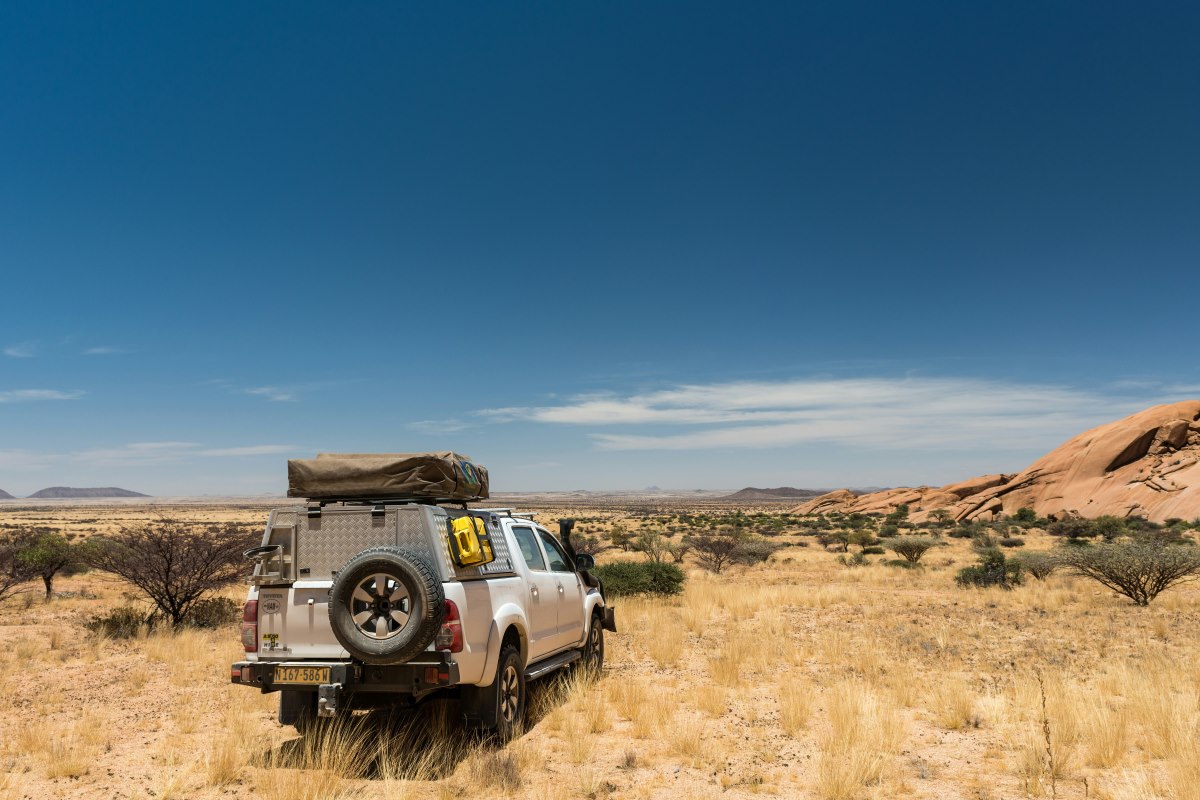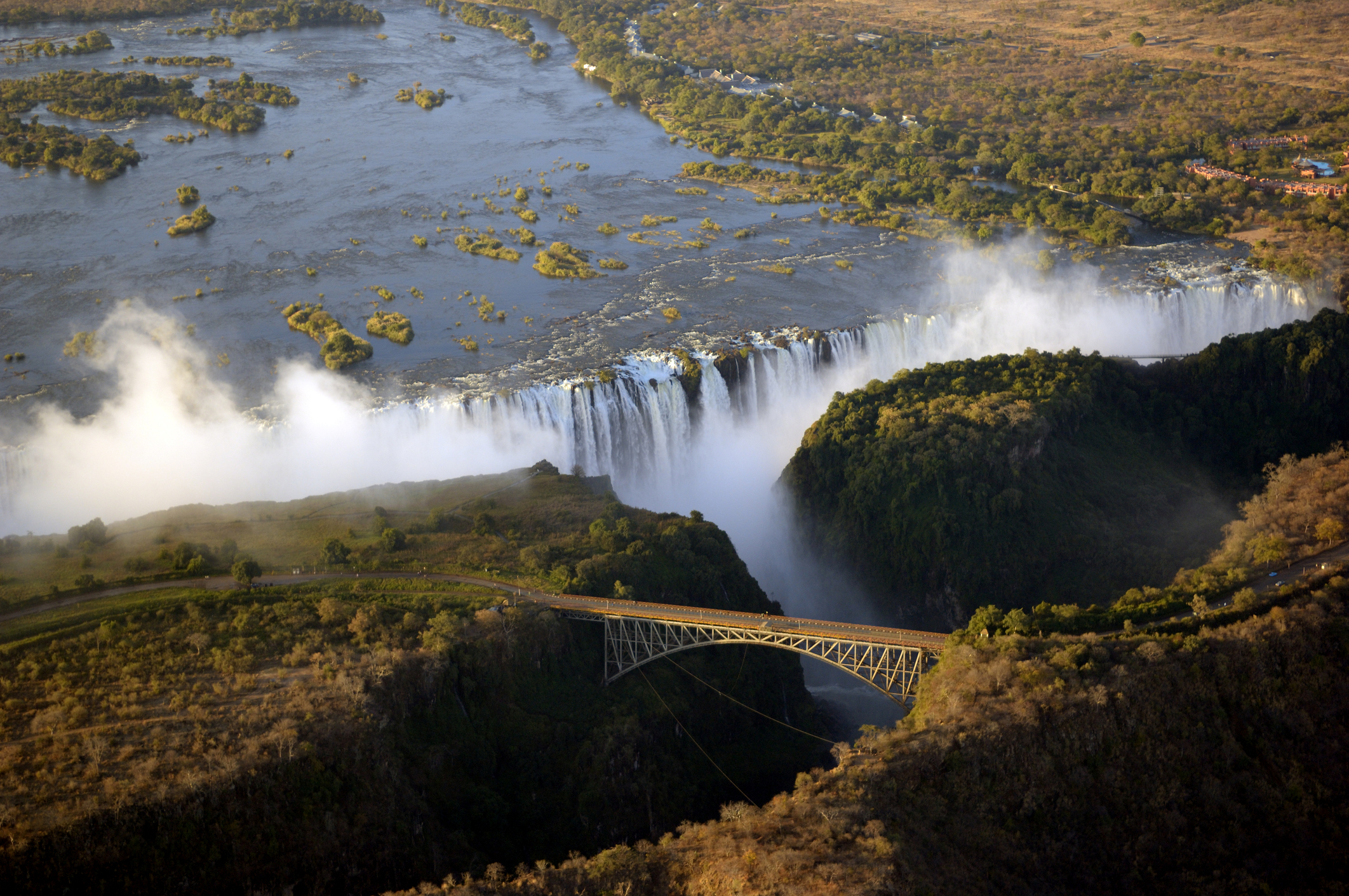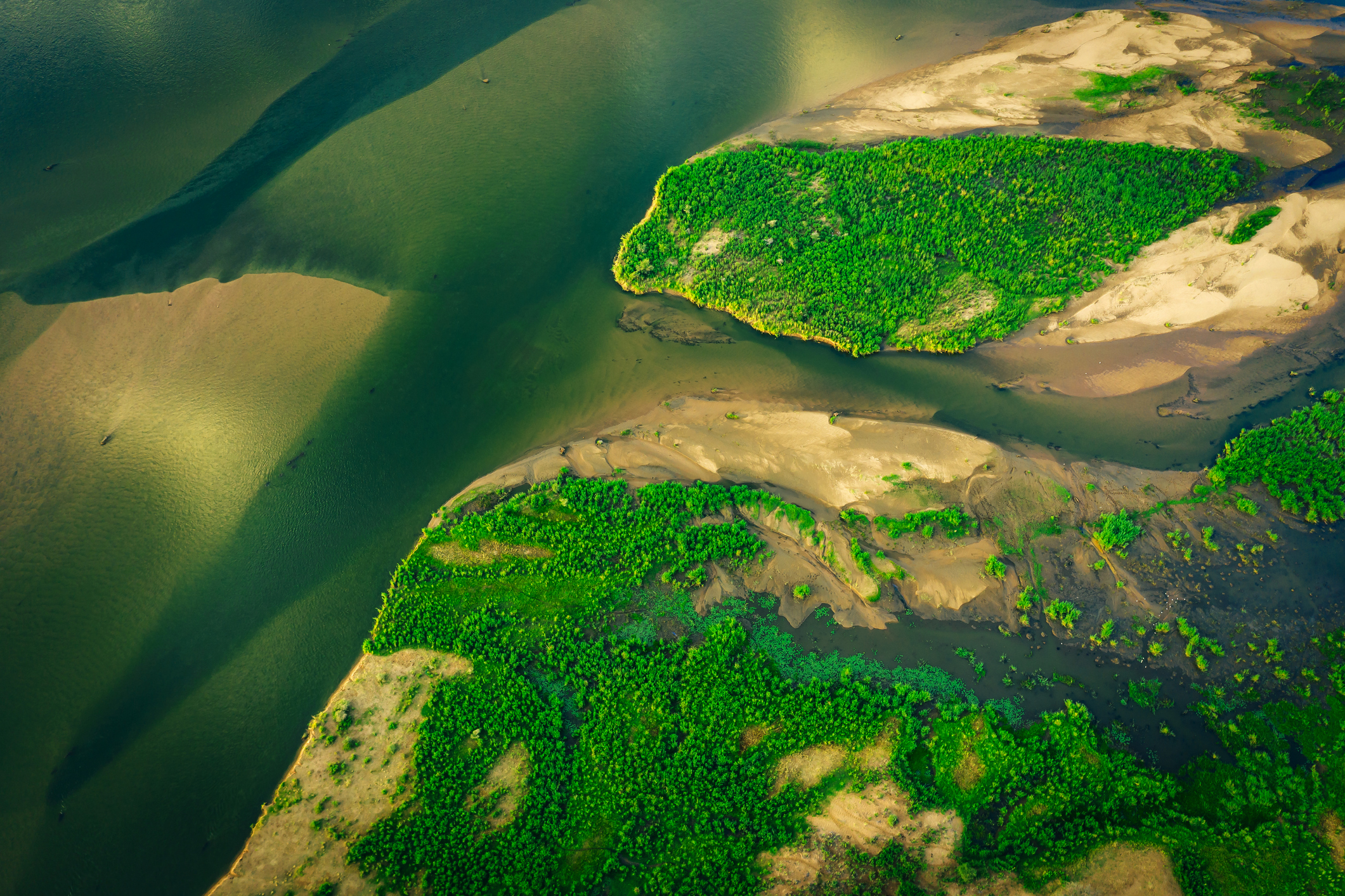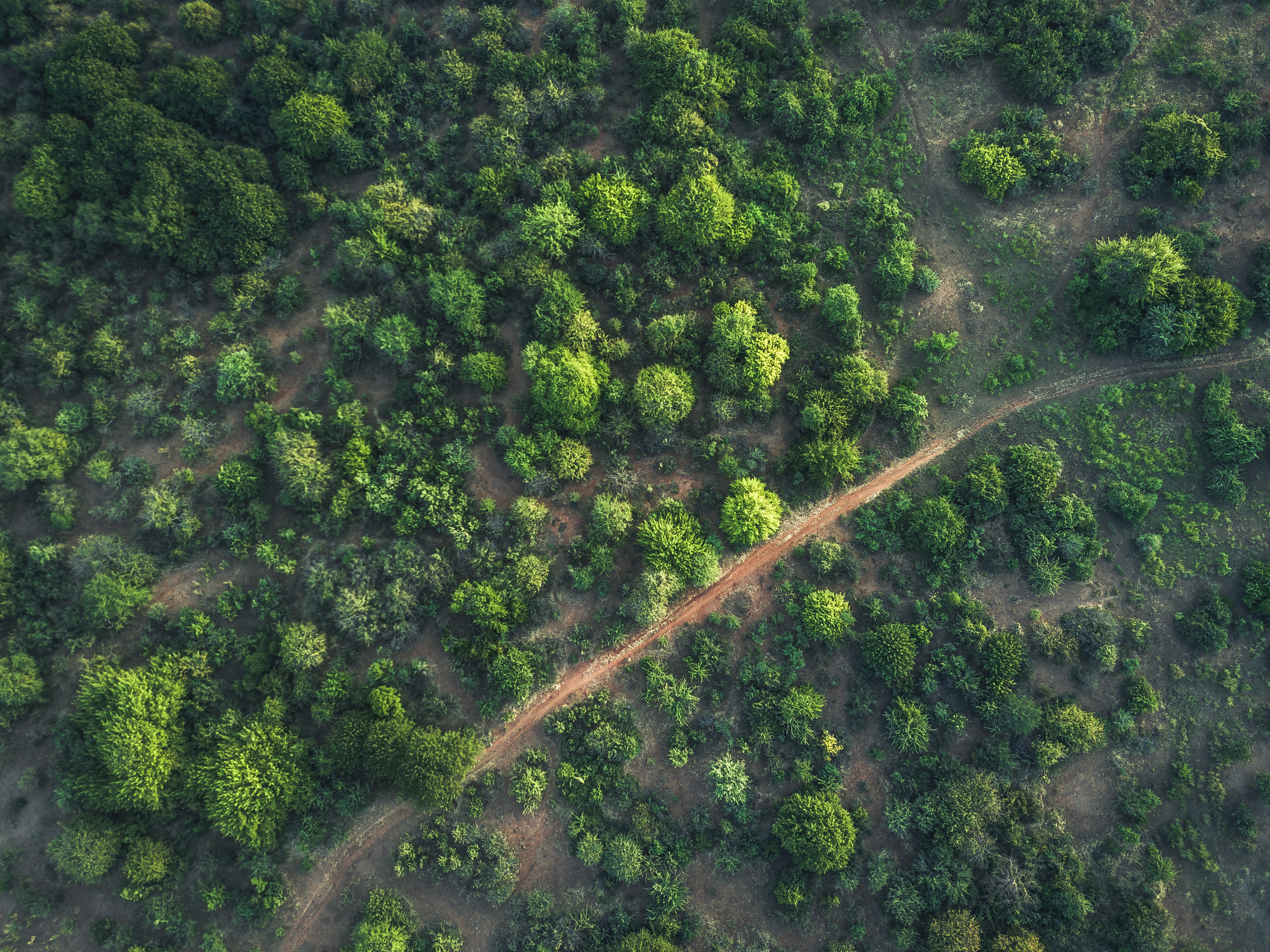
Top Tips for Saving Money on Your Namibian Self-Drive Adventure
Namibia is one of the best places in the world to explore without a guide....
 26 October 2023
26 October 2023 
The huge landlocked country of Zambia lies at the heart of southern Africa. It boasts a tapestry of breathtaking landscapes, vast savannahs, magnificent waterfalls, and meandering rivers. It’s a destination teeming with life, from bustling towns to wildlife-rich national parks.
Over the years, Zambia has become a sought-after destination for adventurous travellers, one of which is self-driving across Zambia’s diverse terrains. Self-driving gives visitors flexibility, and allows them to connect with the land, its people, and its diverse wildlife at their own pace.
Self-driving in Zambia can be the adventure of a lifetime, but there are some very important points to bear in mind to ensure everything goes smoothly. As you plan your trip, do bear the following points in mind:
Before venturing onto Zambian roads, you need to familiarise yourself with Zambian driving rules.
Here are a few pointers to start you off:
Preparing for a self-driving adventure in Zambia involves both forward planning and informing yourself about Zambian conditions.

The Victoria Falls
We’ve already referred to ensuring that you’re familiar with Zambian traffic regulations, but here’s a further list of things to take into account:
No Plastic Bags! Zambia has banned the use of plastic bags so don’t take any into the country with you. You could be fined quite heavily.
Zambia experiences a rainy season between November and April. During these months, some roads can become muddy and difficult to navigate. The dry season, from May to October, is generally considered the best time to visit Zambia.
The weather is generally cooler, and the wildlife tend to congregate around water sources, so excellent game-viewing is assured in Zambia’s parks, like South Luangwa, Lower Zambezi, and Kafue.
However, the best time to travel to Zambia obviously depends on your personal interests and preferences. If you love lush green landscapes and abundant birdlife, you might prefer the wet season despite its drawbacks.
If wildlife viewing is your chief interest, the dry season will be preferable. But bear in mind that weather patterns are changeable, so it’s advisable to check with local sources closer to the time of your trip.
Due to long distances between towns, self-driving in Zambia requires you to pack and carry essentials.
As in many African countries, the tap water isn’t safe to drink in Zambia, so make sure you always have a goodly supply of bottled water. On average, everybody needs about 2-3 litres of water per day. This is particularly important during the hottest months (October to Febrary) when temperatures often exceed 30°C/86°F).
You also need to carry a goodly supply of non-perishable foods, torches, and perhaps a blanket ot two for unexpected emergencies. Malaria is prevalent throughout Zambia, so make sure you take malaria prophylactics and mosquito repellent. Also ensure you take all your prescription medications along and that you have sufficient stocks to last you for the whole trip.

Elephants in line
You should also carry a well-stocked first-aid kit for minor injuries and common illnesses. It’s advisable to check what medications are allowed in the country.
Zambia’s primary roads are well-marked and sign-posted, but some secondary and tertiary roads in remote areas might not be. Make sure you have a reliable GPS system to ensure that you always know where you are and where you’re headed. But don’t solely rely on GPS in Zambia – make sure you have updated paper maps and offline maps on your cell phone as well. Once in Zambia it’s also advised that you stay connected by getting a local SIM card. Also make sure that people know what your planned route and itinerary are, and what your expected date of return is.
Depending on your route, a 4×4 may be essential, especially if you’re venturing into national parks or remote rural areas. If you’re using your own vehicle, ensure it’s in tip-top condition by having a thorough maintenance check done. Have it serviced if necessary, and make sure the brakes, tyres, (including at least one spare wheel), lights, and fluid levels are all good.
Long drives, particularly on dirt roads, can be very taxing on vehicles. Once in Zambia, regularly check your car’s engine oil, tyre pressure, and brakes. This not only ensures your safety but also guarantees a smoother journey.
Again, depending on your route, ensure you’re equipped for rough terrain. If you’re going to drive on particularly challenging roads, it might be advisable to equip your vehicle with undercarriage protection. Definitely consider hiring a vehicle with a higher ground clearance.
Make sure you carry some essential tools and equipment with you. These should include a flashlight, jack, safety flare, jumper cables, tyre inflator/pump and sealant, a good basic toolkit, and a shovel (for sandy areas). If you’re going in the wet season and will be driving in mud, you’ll need a set of tyre chains as well.
It’s a good habit to always drive with your car doors locked and your windows up in Zambia. This is particularly important in urban areas as a measure to safeguard against opportunistic crime.
Night driving in Zambia is to be avoided if at all possible. Road traffic accidents are the third highest cause of death in Zambia (after malaria and HIV/Aids) and more than half of these road accidents happen at night. Due to these alarming statistics Zambia even instituted statutory restrictions on night driving in 2016. These included a ban on all public service vehicles being on the roads between 9pm and 6am.
However, it won’t be illegal for you to drive at night, but we strongly recommend that you avoid doing so. If you have to drive at night, you need to be extremely careful and vigilant. Zambian roads often have no road markings which results in a really dangerous driving situation in the dark.

Sandbars in river of lower zambezi area in Zambia, Africa
Road lights are also not plentiful in Zambia, so you often have to rely on your headlights alone. Many cars also don’t carry warning triangles, so a tree branch on the road (a danger in itself) often indicates that there’s a broken-down vehicle up ahead!
Therefore it’s crucial that you’re extremely alert for pedestrians, stationary and unlighted vehicles, and animals on the road at night. Animals often even sleep on the road at night because of the residual heat trapped in the road surface!
One of the greatest thrills of driving in Zambia is the chance to see wildlife, sometimes even crossing the road right in front of you you. Remember that animals always have right of way!
Here are a few further guidelines regarding interacting with animals on your trip:
Knowing your fuel stops is important when self-driving in Zambia. A good general principle is always to keep your petrol tank full if you’re able. In really remote areas it’s also a good practice to carry extra cans of fuel to ensure you don’t run dry. Also tap into local knowledge about the availability of fuel.
Here are several good reasons to know the location of petrol stations on your self-drive in Zambia:
If you know the distances between fuel stops, you can adjust your driving style to conserve fuel.
It’s very important that you respect local traditions and customs in Zambia in order to not give offence. It’ll be an advantage to you to learn about the local culture and polite etiquette to ensure your interactions with the local people are positive. As regards photography you need respect the privacy of people and always ask for permission before taking photographs of them or their homesteads.

aerial view on the green trees in the bush land of lower zambezi area in Zambia
Like many African countries, Zambia has a conservative stance on homosexuality. Same-sex relationships still carry a stigma and are actually illegal. The conservative societal norms and cultural attitudes in place make it advisable to not indulge in excessive public displays of affection, especially in rural areas that are often very traditional.
Cool Trails for Self-Drive Adventures in Zambia
As a veritable Mecca for self-driving adventures, Zambia has numerous great self-drive routes and trails. Here are just three of them:
The Great East Road
Stretching from Lusaka to the border with Malawi, this road offers an ever-changing panorama of hills, valleys and villages. Along the way, you can stop at the Luangwa National Park, a gem of African wildlife and home to the walking safari.
Livingstone to Kafue National Park
Starting from the world-famous Victoria Falls in Livingstone, this route takes you through a mosaic of landscapes before arriving at Kafue National Park. This park, one of the largest in Africa, is a sanctuary of diverse wildlife, from lions to endangered African wild dogs.
The Zambezi Valley Route
Dive deep into Zambia’s natural beauty and culture by driving through the Zambezi Valley. This route will take you past traditional villages where you can experience the famous warmth of Zambian hospitality. Don’t miss the Lower Zambezi National Park, where you can canoe past basking crocodiles and grazing elephants.
Zambia, with its vibrant landscapes, rich culture and extraordinary wildlife, offers self-driving enthusiasts a self-driving experience second to none. The adventure promises unparalleled freedom and a great connection with the African wilderness.
By following the above tips, you can ensure that your self-driving journey will be safe, absorbing and unforgettable. And whatever route or routes you decide to follow, Drive South Africa can provide you with the perfect 4×4 vehicle for your next self-drive Zambian adventure!